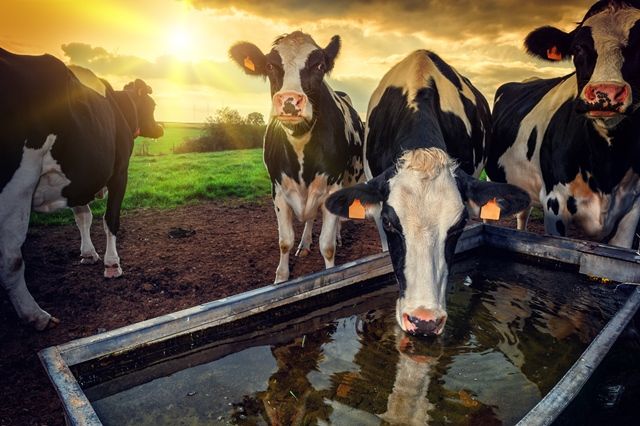Agriculture
Water is not only essential to everyday life, it is also crucial in maintaining our thriving agricultural industry.
Extreme weather patterns are fast becoming the new normal with water shortages reaching critical levels last summer. A prolonged drought led to the introduction of water restrictions across many of our farming regions to avoid putting more supplies at risk.
In order to prepare for increasingly unpredictable weather, there is an urgent need to manage water more effectively and sustainably. We want to support the farming community to make changes to conserve water and protect the local water supply to farms and livestock, while reducing water bills.
Conduct a water audit
The first thing we suggest is that you carry out a water audit on your farm. This will show where the major water use is coming from and where you can make savings. You can do the audit yourself. Below are some simple things you can do to start an audit.
STEP 1 - Examine your bill to understand water use patterns and charges
STEP 2 - Read your meter, but remember to do so safely
STEP 3 - Check for leaks using your water meter
Detecting leaks
Water meters
Check your water meters, including remote ones, on a regular basis to help find and fix leaks on your farm. Do an overnight test using your meter when little or no water is being consumed. If the night usage is unusually high or the counter is still running when everything is turned off, you may have a leak.
Visual checks
Carry out regular, visual checks along your private pipework on the farm to detect leaks. Inspect the ground above your pipes for visible signs of leaks such as unusually damp ground, lusher than expected vegetation (sign of recent leak) or reduced community / rush vegetation (consequence of a long-term leak).
Suspect a leak?
If you think you may have a leak, you can further investigate by shutting off sections of your pipework to assess the change in flow. Wet drains after a period without rain can indicate blockages or water from a leak may be flowing into them.
Protect your water
By following best practices, the farming community can play a part in protecting our water sources and the water environment. For information and guidance visit the Protecting our water sources webpage.
